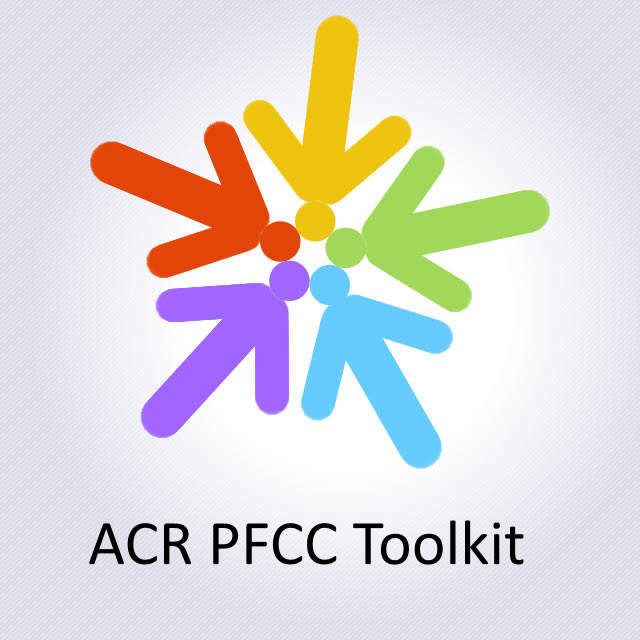Quality Payment Program Year 8
Under the QPP, clinicians can participate in either the Merit-based Incentive Payment System (MIPS) or in Advanced Alternative Payment Models (APMs) in order to avoid downward payment adjustments and potentially receive upward adjustments. Payment adjustment for 2026 payment year (based on 2024 reporting) ranges from -9% to +9%. CMS has approved the ACR National Radiology Data Registry (NRDR) as a Qualified Clinical Data Registry (QCDR) for 2024. Radiology group practices can continue to use the ACR NRDR QCDR to satisfy 2024 MIPS requirements.
CMS anticipates a majority of clinicians will participate in the MIPS track. MIPS allows Medicare clinicians to be paid for providing high-quality, efficient care through success in four performance categories as shown below. Each category is weighted and added into a final MIPS performance score:
- Quality (30%): To complete this requirement, radiologists will need to report up to 6 quality measures, including an outcome measure, with 12 months of data. Quality improvement will be calculated based on performance, with up to 10 percentage points available. If there is not sufficiently complete data, 0 percentage points will be given.
- Promoting Interoperability (25%): Most ACR members will be reweighted to zero in this category as non-patient-facing clinicians or hospital based eligible clinicians, but data may be submitted if clinicians would like to receive credit. For non-patient-facing clinicians, these 25 percentage points will be reweighted to the quality category.
- Improvement Activities (15%): Radiologists will be required to attest completion to up to 4 improvement activities. Small, rural and shortage area practices or non-patient-facing MIPS physicians need two medium-weighted improvement activities or one high-weighted improvement activity to meet full performance score.
- Cost (30%): The cost category will measure Medicare Spending per Beneficiary (MSPB) and Total Per Capita Cost (TPCC). Cost will be calculated using claims and will not require data submission.
CMS recognizes that small and rural practices may experience additional burdens while participating in the QPP. Please see the CMS webpage for Small, Underserved and Rural Practices for information about their monthly newsletter and other types of support available.
